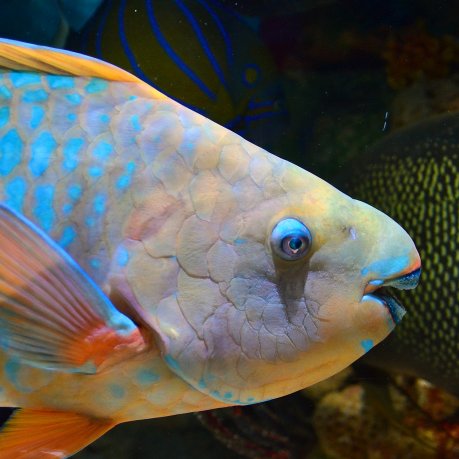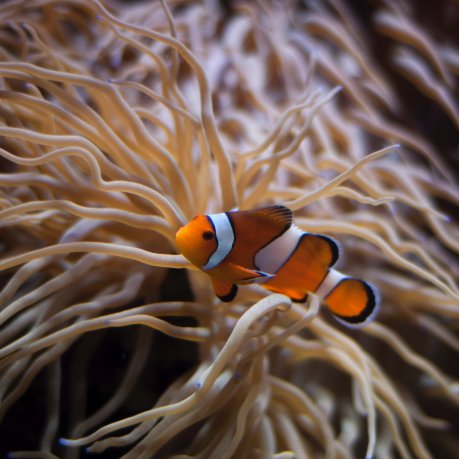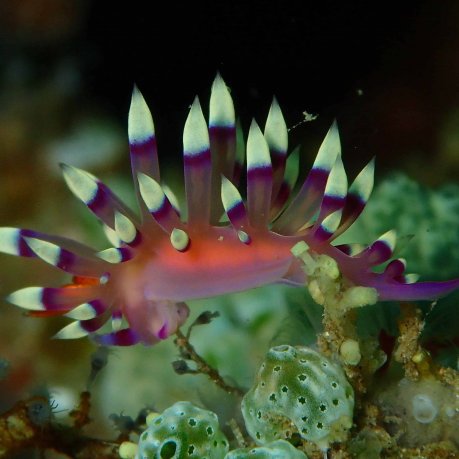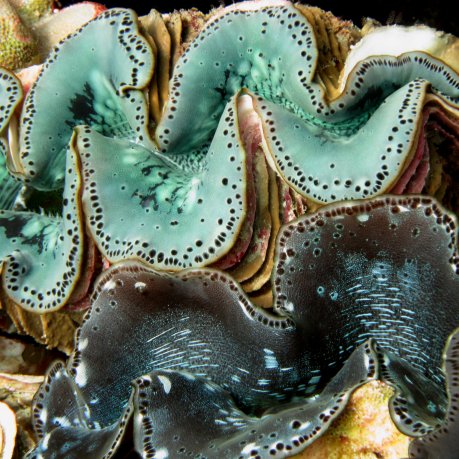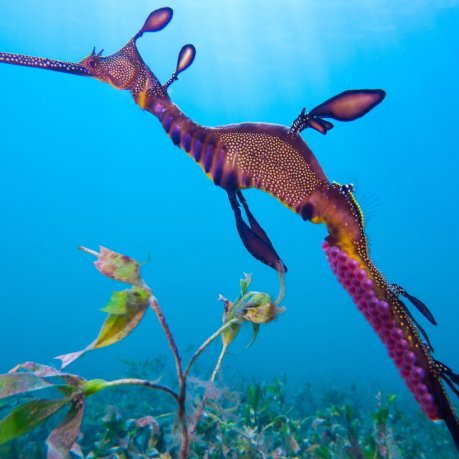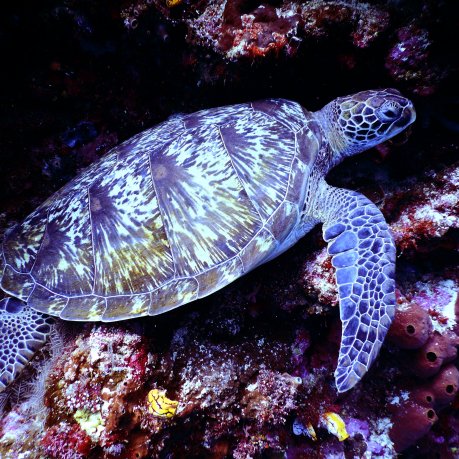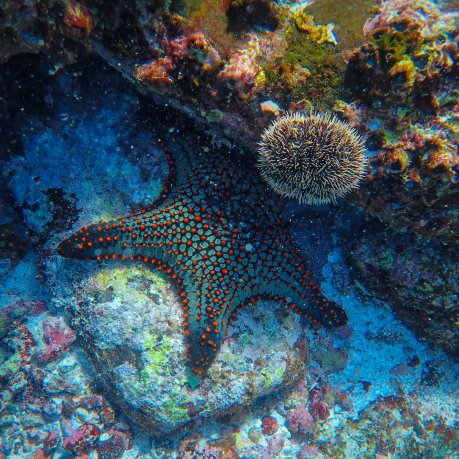Discovery
In the shallows of the seas, all looks perfectly calm, but just under the surface, a coral reef is a very busy place, teeming with life. Countless numbers of different creatures live on coral reefs, finding food, shelter and coexisting in a delicate balance in awe inspiring ecosystems.
These are important places, more sea creatures live around coral reefs than in any other part of the ocean.
Where to Find Coral Reefs

Coral Polyps
The Building Blocks of Reef
Coral reefs look as if they are made of rocks, but in fact they are groups of animals called corals and each group is made up of many separate coral polyps. In reef ecosystems there are two types of coralL: hard and soft. Only hard coral polyps form reefs, they are named after their hard outside casings.
One coral polyp can be as small as the sea of a pin. But when many polyps join together, they make a reef that can stretch for kilometres. New polyps build their hard skeletons on top of old ones which over many years, the layers of skeletons slowly grow into a coral reef.
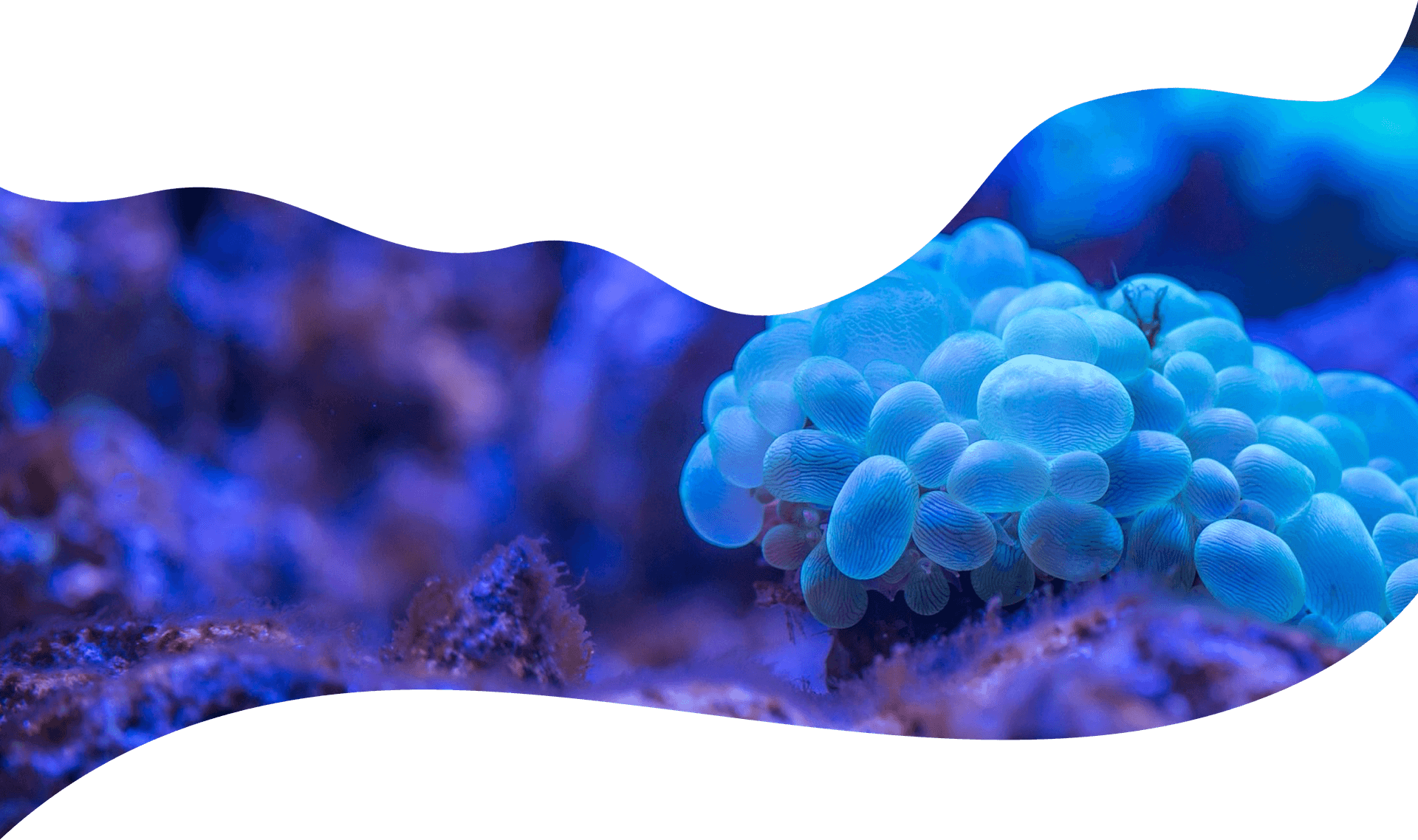
Types of Coral
Hard Coral
Hard corals grow together, they are the colonist architects that form reefs. They include many species such as brain coral, stag and elk horn coral whose skeletons are made from limestone, or calcium carbonate which eventually becomes rock. Hard corals are reef builders that need to work together with algae called zooxanthellae to convert the energy of the sun into food to survive.
Soft Coral
These corals don’t create reefs by themselves and they do not need zooxanthellae algae to survive. The resemble plants or trees and are bendable and move in the current. Sea whips, fans and fingers are all examples of soft corals as is this beautiful Dendronephthya.
6 Cool facts about Coral
1
There are more than 800 different kinds of hard coral in the world’s oceans
4
Most coral reefs today are between 5000 an 10000 years old
2
Brain corals can live for 900 years
5
Corals have growth rings, just like trees
3
The first coral reef on earth formed 240 million years ago, before dinosaurs were alive.
6
The great barrier reef the largest coral reef system on Earth, and it can been seen from space!
Reef Residents
Here’s a selection of some of the amazing marine life that can be found living on coral reefs around the world.

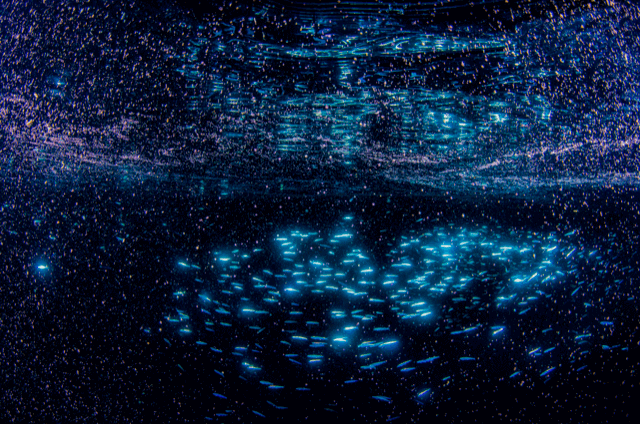
Coral Reproduction
Corals can reproduce either as hermaphrodites, which produce sperm and eggs at the same time e.g. star or brain corals, or gonochoric which produce single sex colonies which produce either sperm or eggs e.g. elkhorn or boulder corals. Larvae are either fertilised in the body of the polyp or outside in the water. Other species of coral can release trillions of sperm and eggs in what are coral spawning events which may occur on just one night of the year. Once fertilised they are known as planula larvae’s and they naturally tend to rise to the surface for light and those that survive predators eventually float back down to the bottom of the sea and attach to a hard surface. These planula metamorphasize into coral polyps which divide themselves into genetic copies to expand the reef colony.
People and Coral Reefs
Coral reefs are not only important to animals and plants, they are important for people too. Millions of people depend on coral reefs as a source of food. Also many people earn money from fishing an from taking tourists to visit reefs. Reefs can also help to protect people and houses on land by providing a barrier against big waves produced by tropical storms.
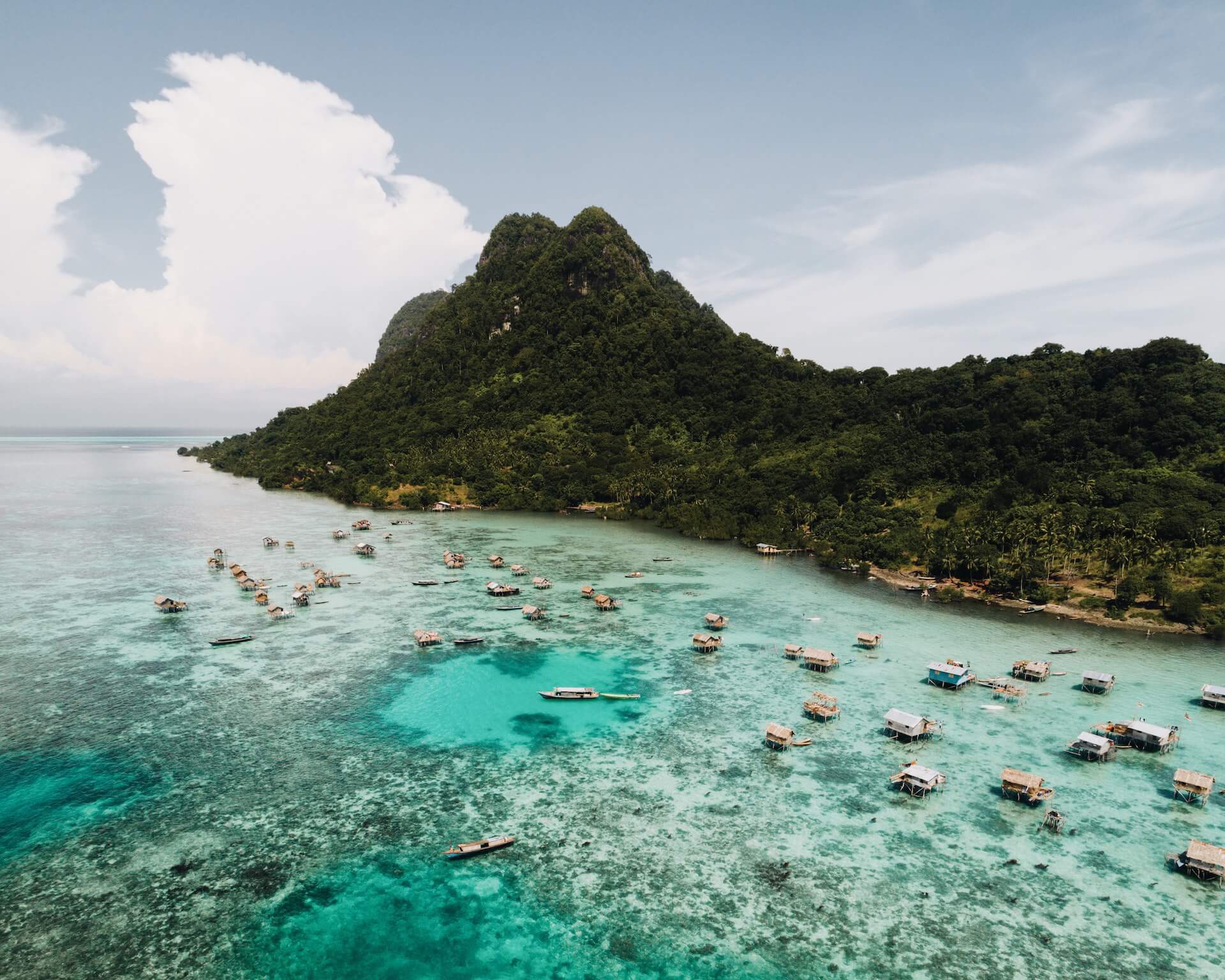
Coral Gallery
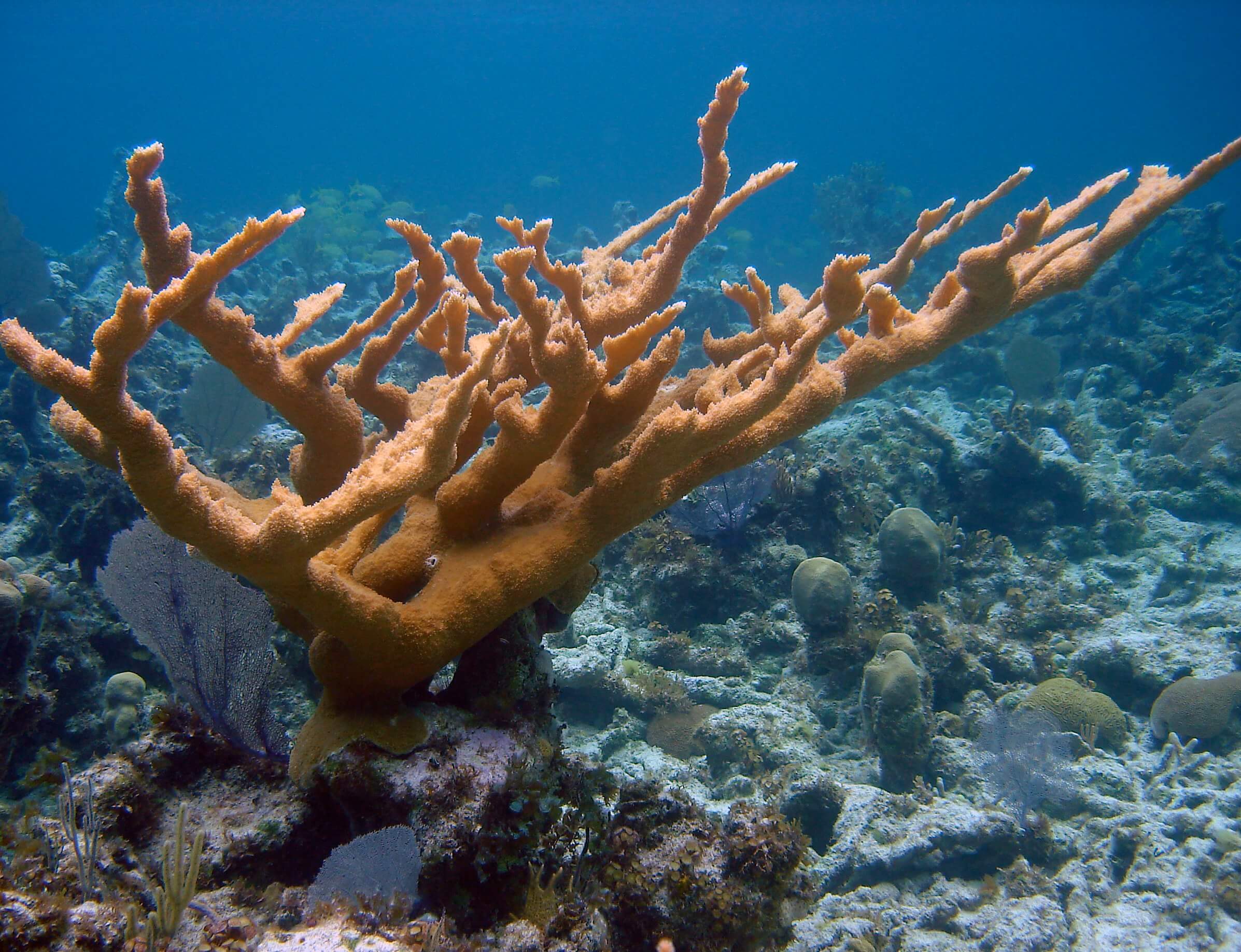
Elkhorn Coral (Acropora Palmata)
Type: Hard
Elkhorns are very important reef building corals. Complex fast growing structures with many branches, they are popular homes for lobster, parrot fish and snappers.
Pillar Coral (Dendrogyra Cylindricus)
Type: Hard
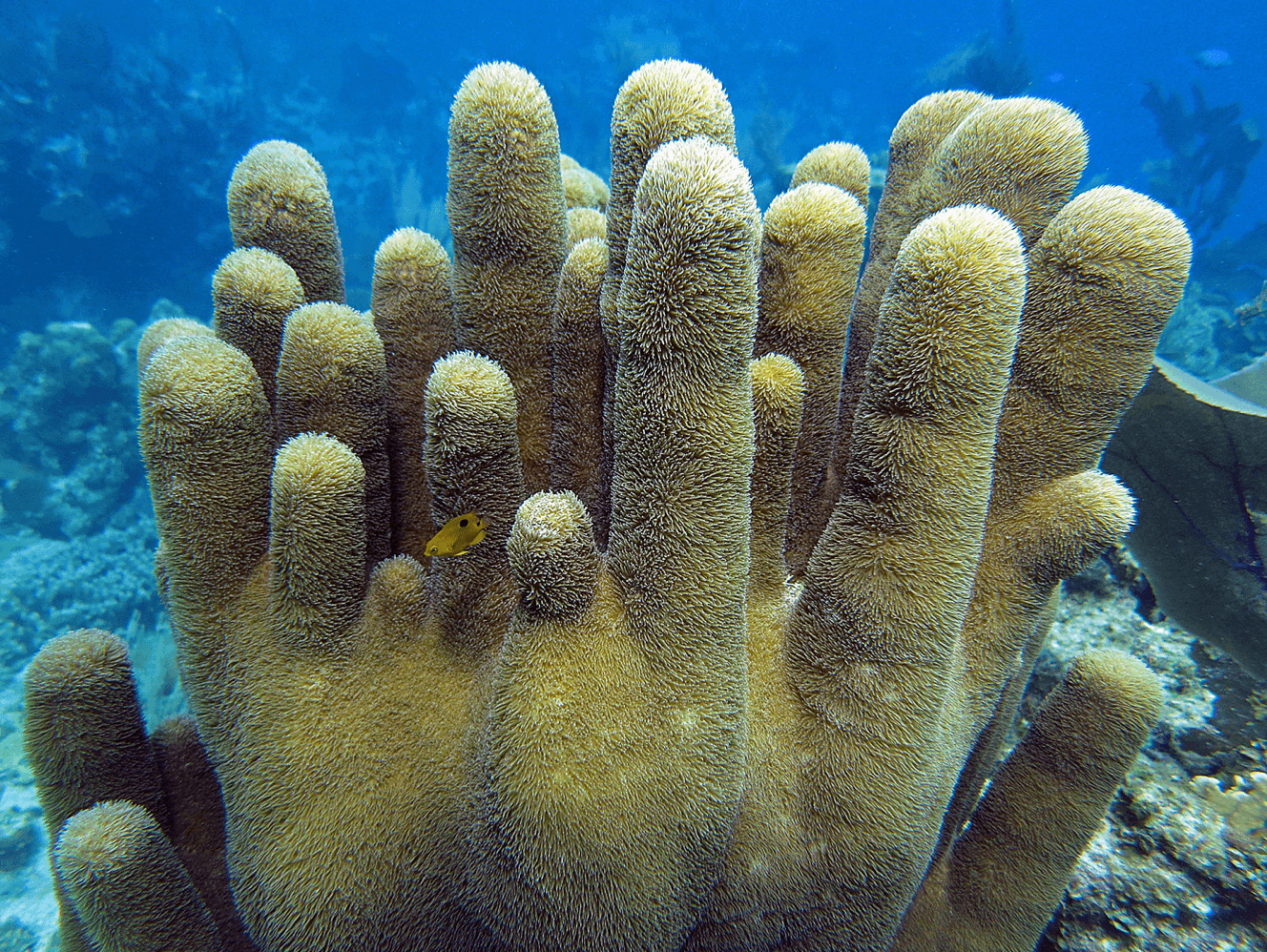
Growing up to 2.5m from the sea floor in impressive columns, pillar coral can grow on flat or sloped surfaces. Polyps can be easily seen feeding by day on their surfaces.
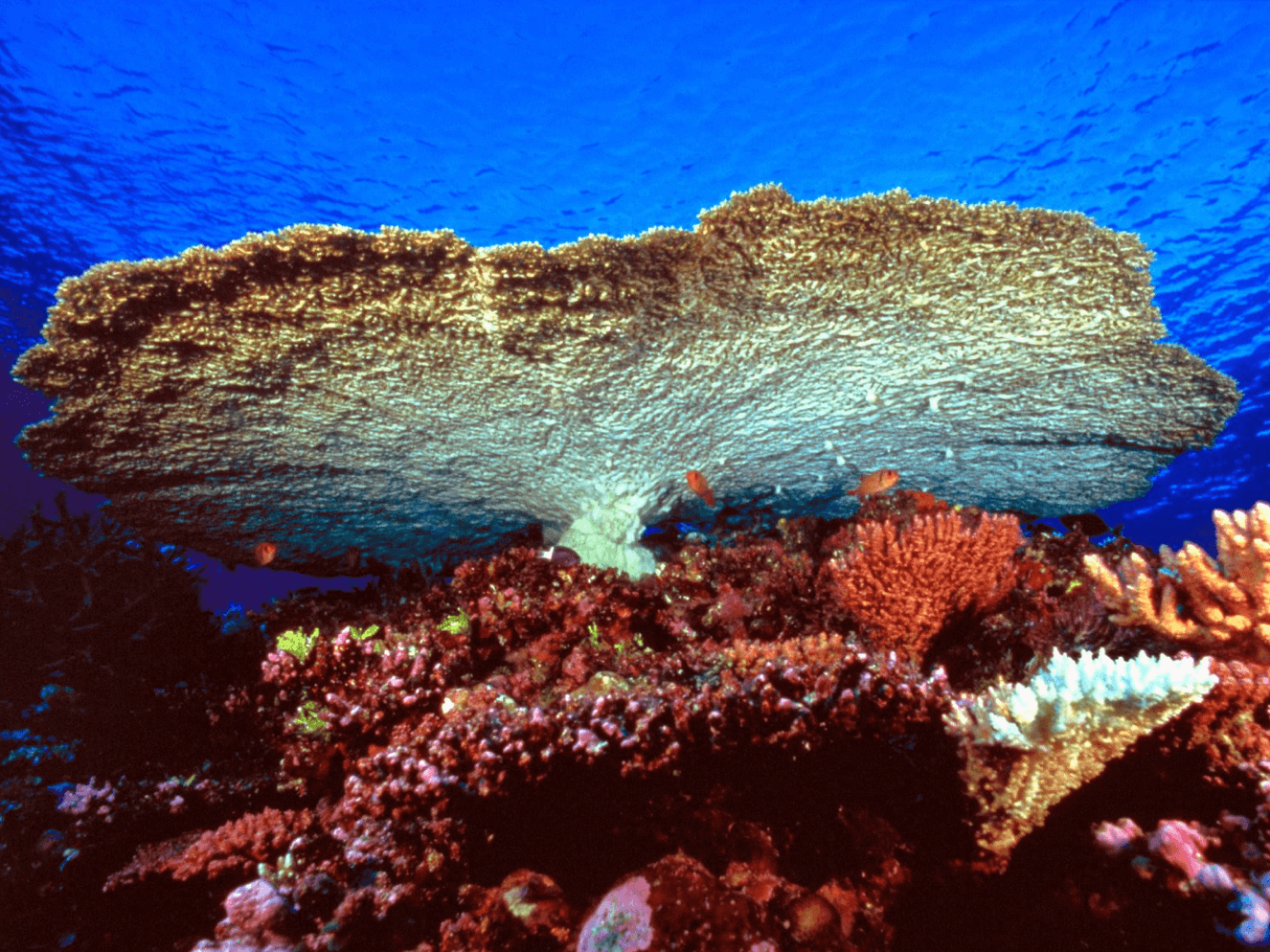
Table Coral (Acropora)
Type: Hard
Much like Staghorn and Elkhorn, table corals develop as flat plates, ideal for exposing as much of their surface to the sunlight. They are usually brown or green in color.
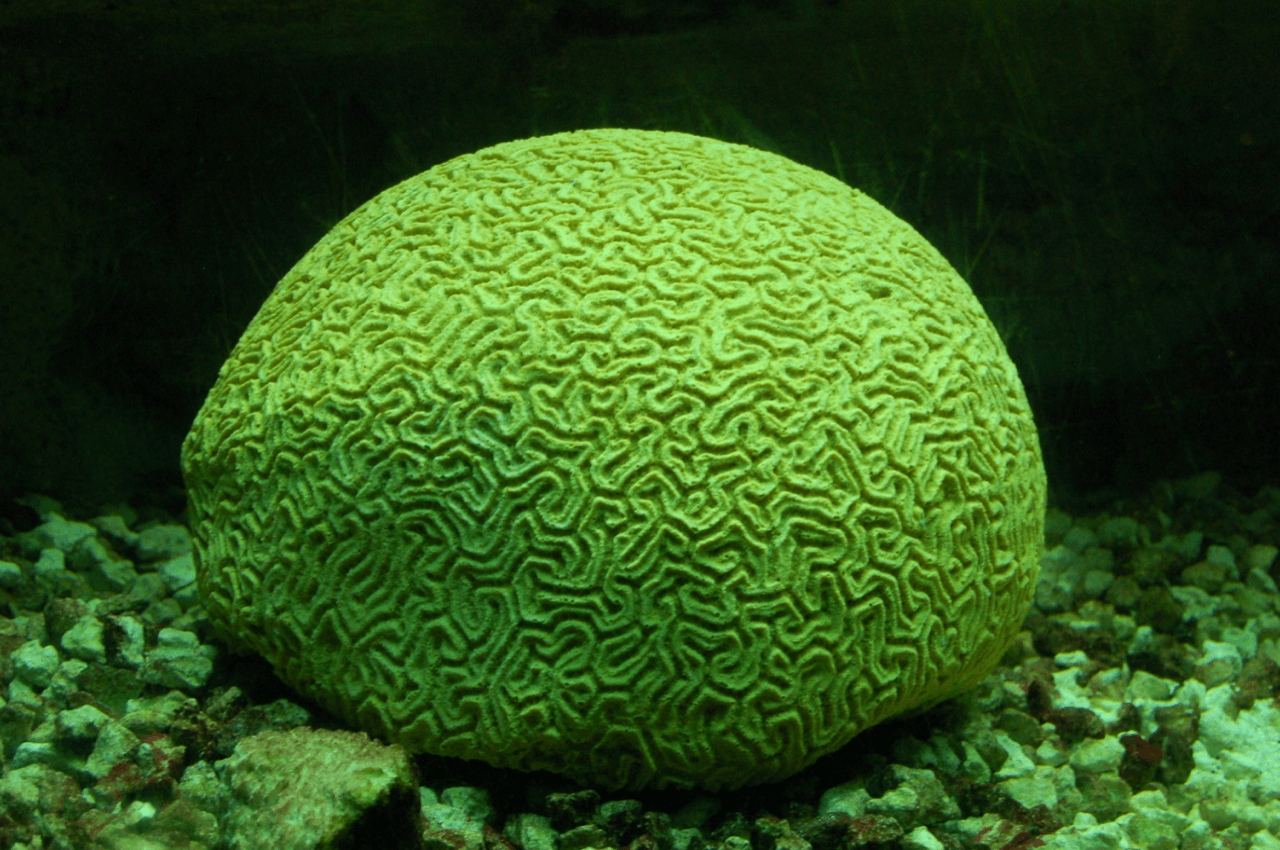
Brain Coral (Faviidae)
Type: Hard
Brain corals can grow up to 1.8m in height and can live for up to 900 years. They are named after their spheroid shape with grooves on the surface which resemble a human or animal brain.
Blue Coral
(Heliopora
Coerulea)
Type: Hard
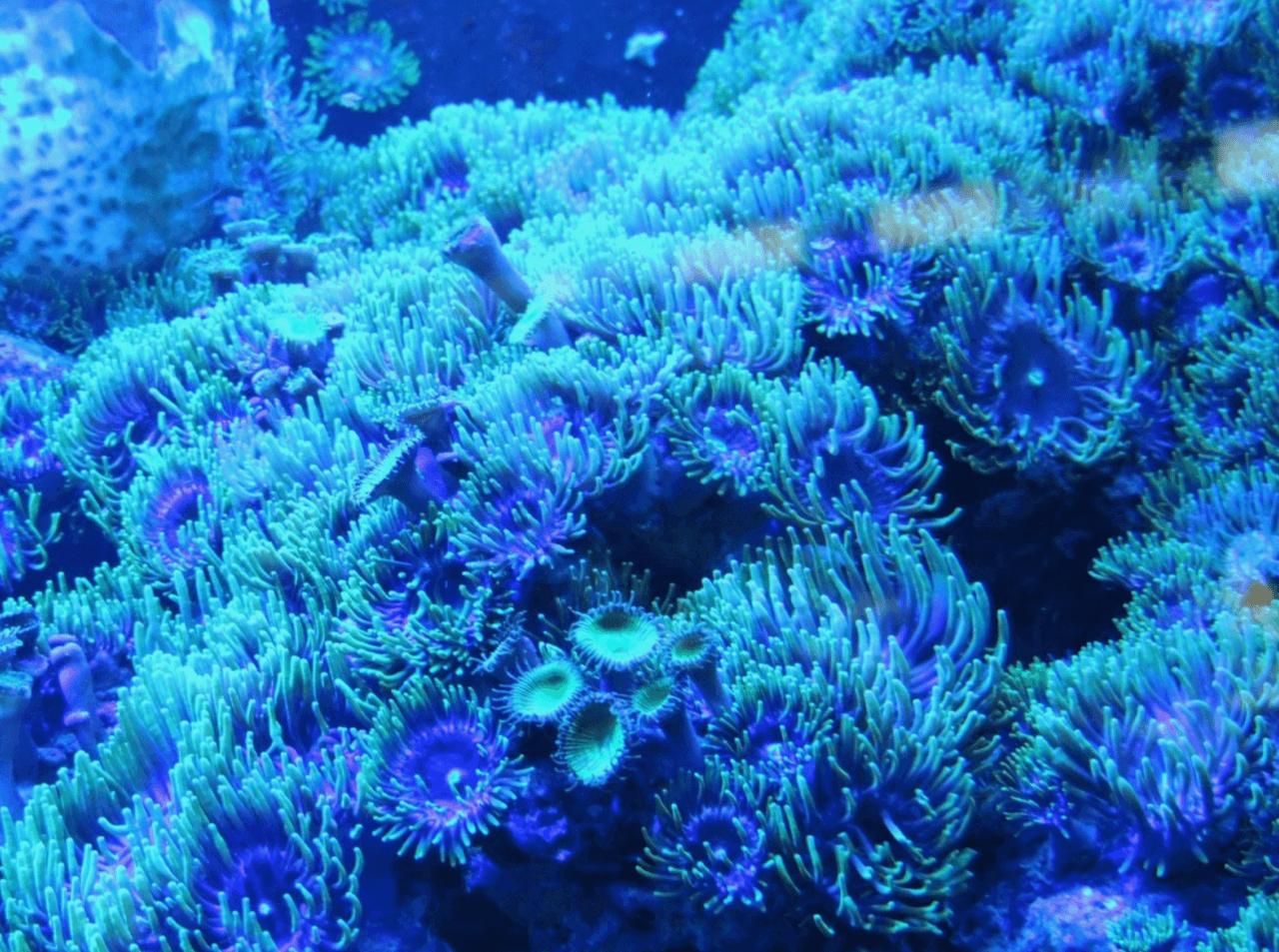
Blue corals come in many varieties, they tend to grow in tropical waters and have a distinctively blue skeleton which are usually covers by green or blue polyps.
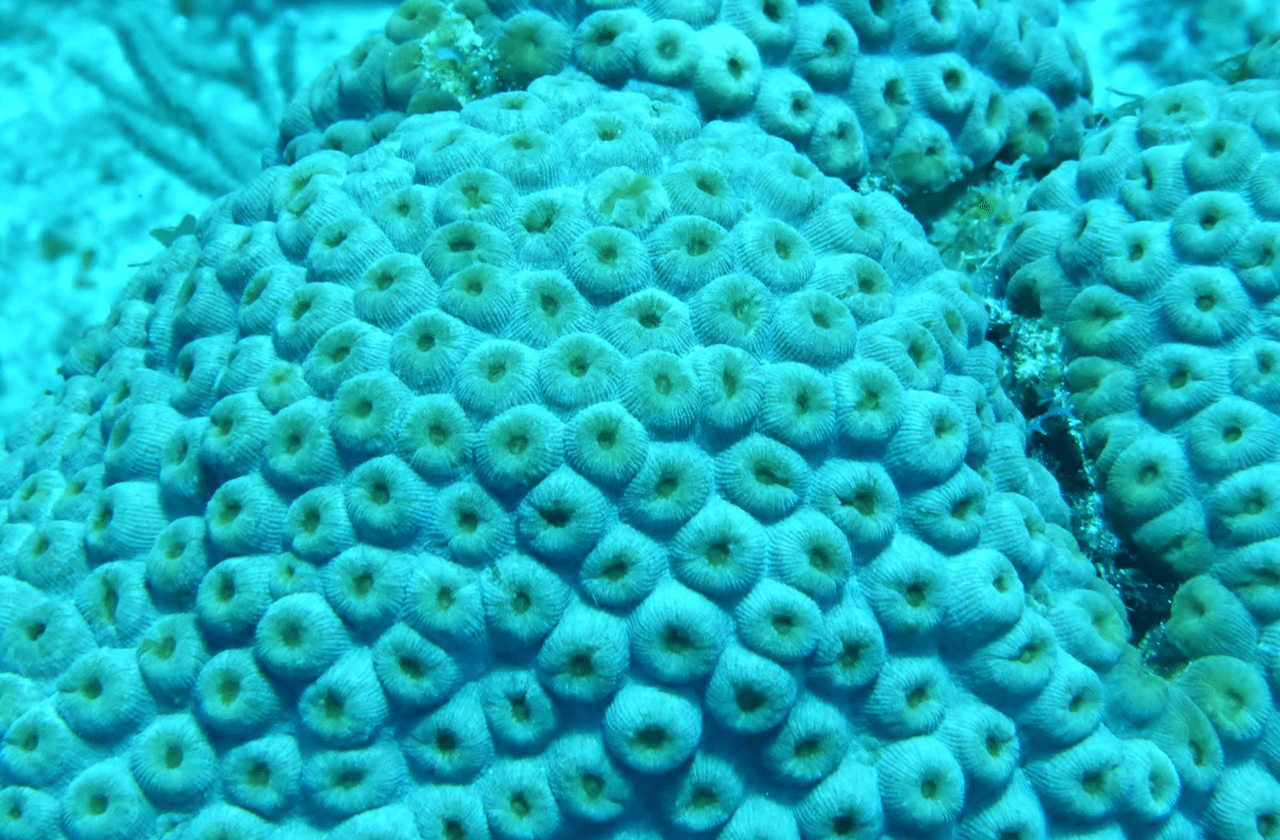
Great Star (Montastraea Cavernosa)
Type: Hard
Usually found in the Caribbean at depths of 40-100 feet, this is a stony type coral that expands as a colony of massive boulders of up to 5 feet in diameter which may over time form into plates. It’s polyps can be seen fully extended at nighttime and are about the size of persons thumb.
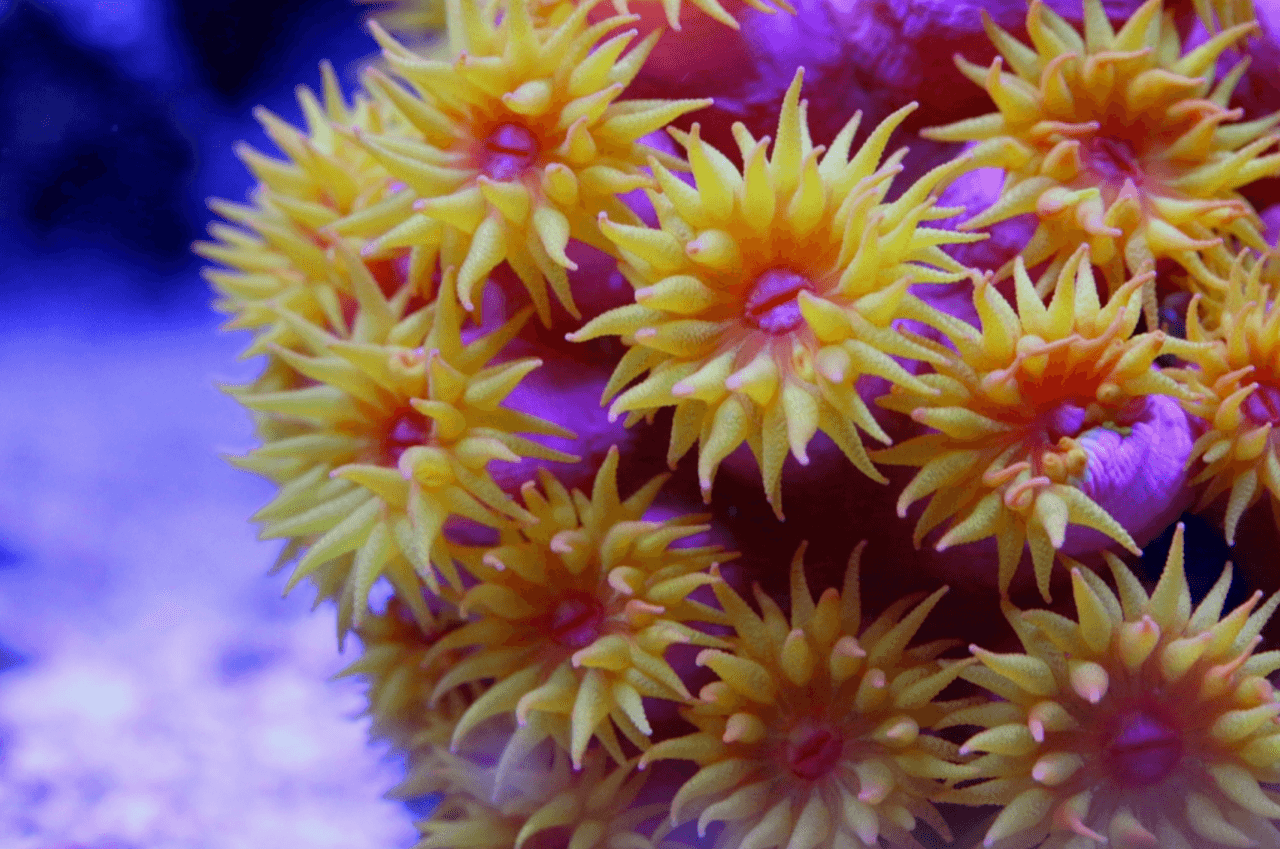
Orange Cup Coral (Tubastraea Coccinea)
Type: Hard
These are usually seen in late afternoon or at night when its polyps are opened up to feed. They are a non reef building coral with beautiful long tentacles. Also known as sun coral.
Sea Fans (Gorgonian)
Type: Hard
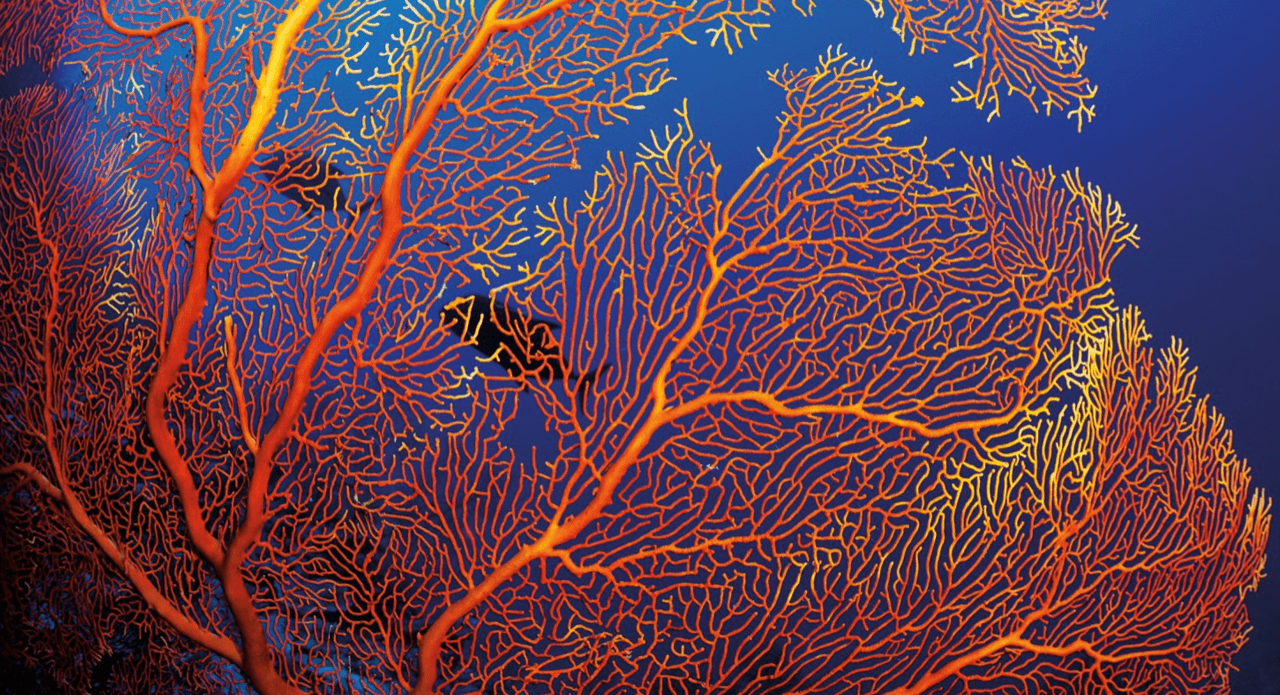
Sea fans or sea whips are formed of colonies of polyps that extends as fine branches. They can be several feet tall and wide but only a few inches thick. Usually bright in color but their size, shape and color are dependent on their location and depth, which can range from shallow water to up to several thousand feet.

Carnation Coral (Dendronephthya)
Type: Soft
Carnation coral are one of the most beautiful coral in the ocean and can have incredible colours. They are found in the pacific islands and Great barrier reef but are very sensitive to environmental changes and are in decline.
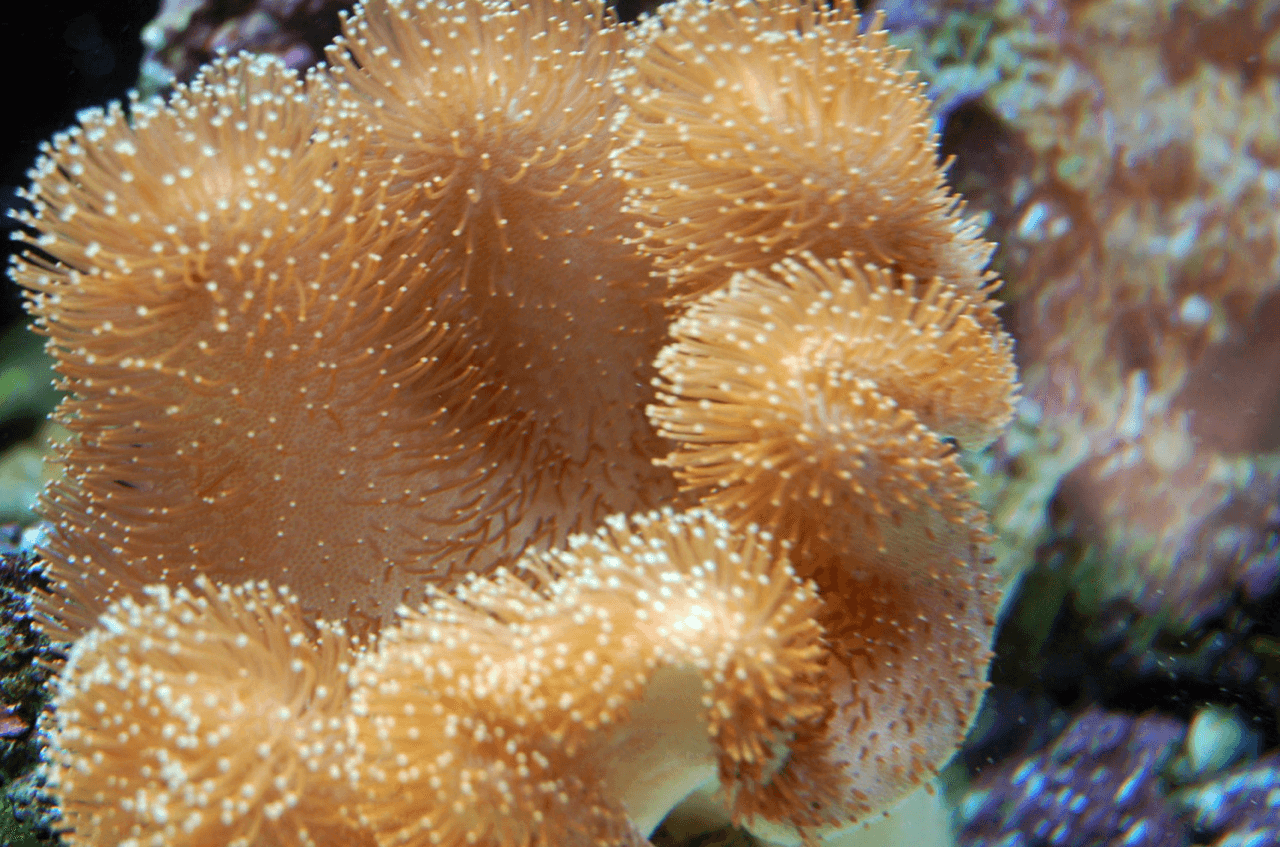
Toadstool Coral (Sarcophyton)
Type: Soft
Also known as mushroom or leather mushroom coral, they come in many varieties. They are usually brown or golden in color and as they become older they start to have a folded appearance.
Tree Corals (Nephtheidae family)
Type: Soft

These soft flowery bushes or tree like structures are quite common and like to attach themselves to jetty’s and large boulders.
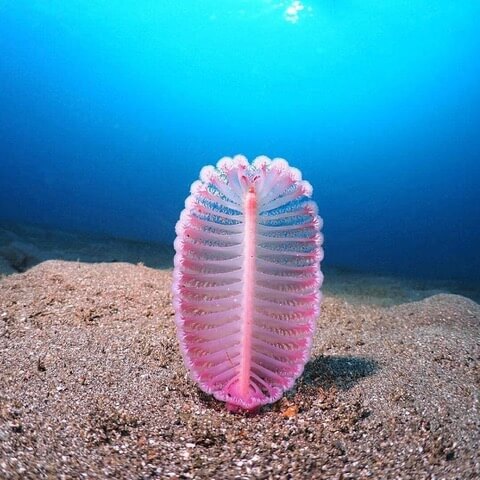
Sea Pen (Cnidarians of family Pennatulacea)
Type: Soft
Named after their appearance like antique quill pens, these coral are feather like and may rise to almost 2m in height but prefer deeper water of at least 10 meters so as to avoid rough waters which may uproot them.
